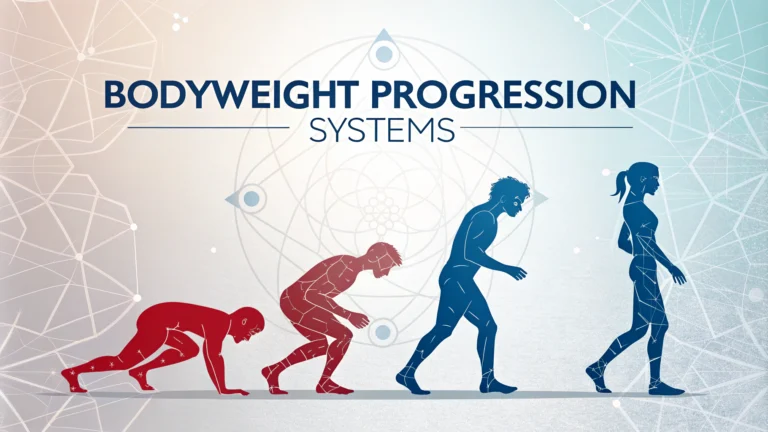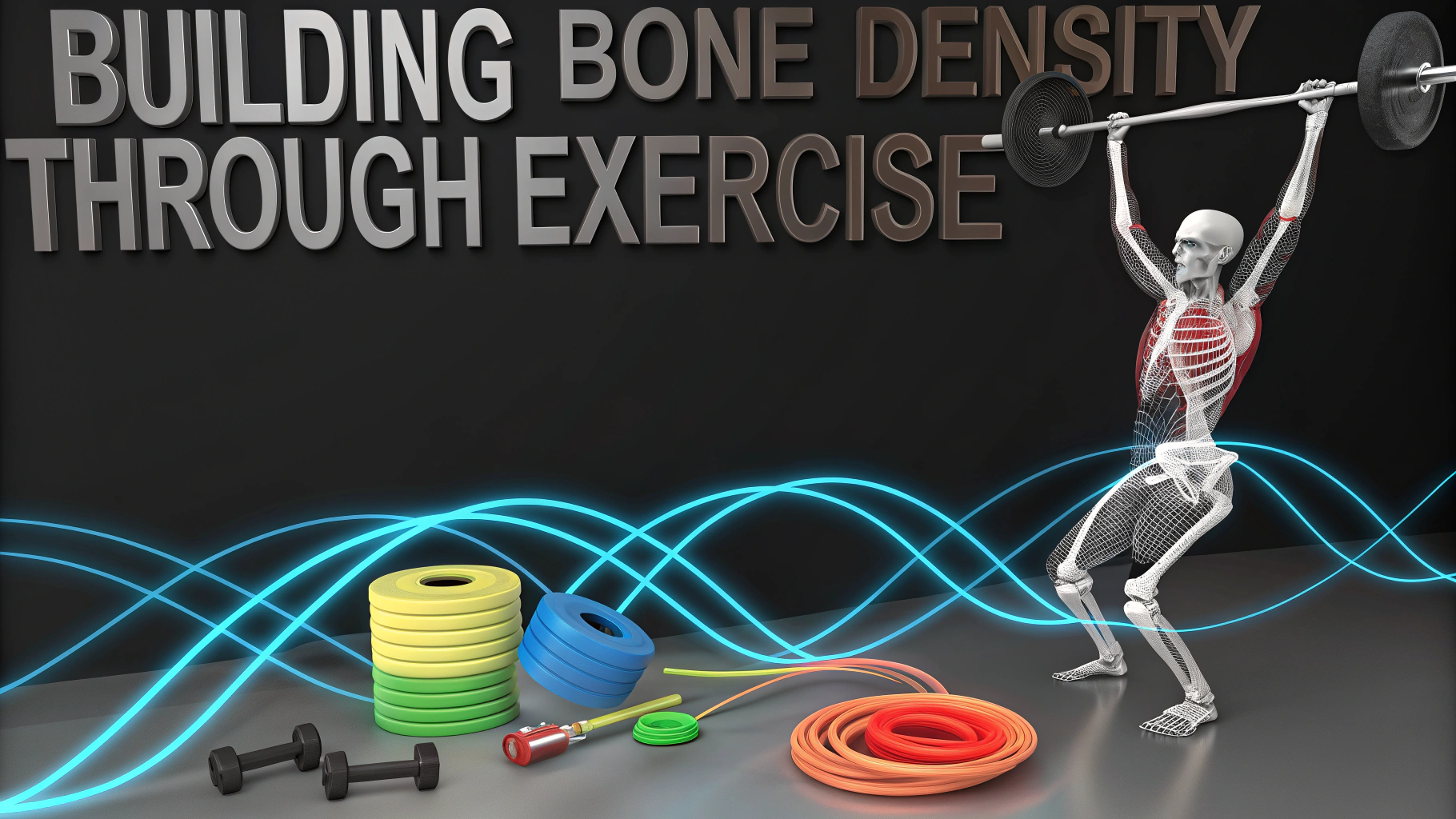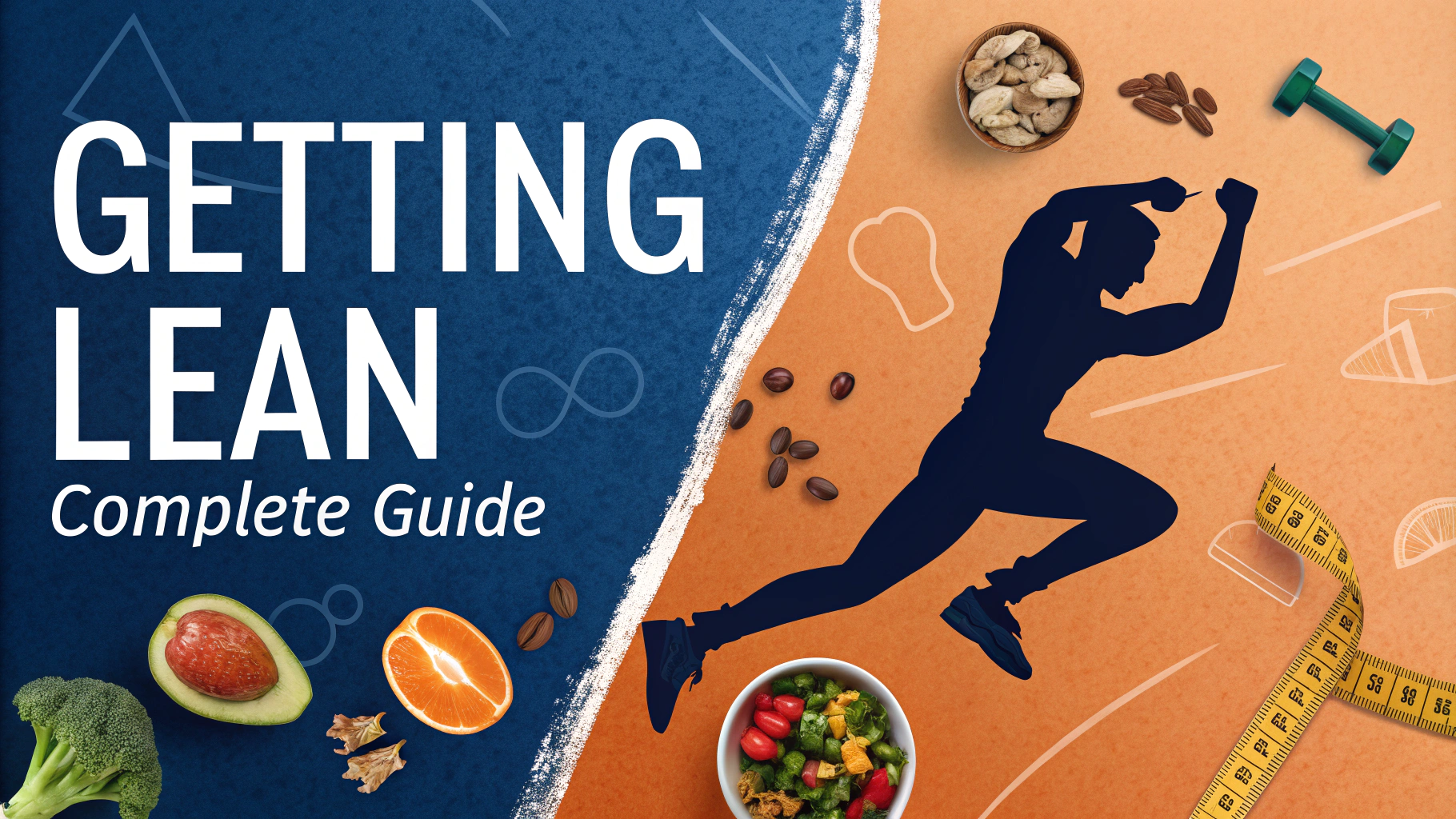Bodyweight training allows you to build strength and muscle without expensive equipment.
This guide walks you through effective progression systems to continuously challenge yourself and avoid plateaus.
Basic Progression Methods
- Increase repetitions
- Add sets
- Decrease rest periods
- Slow down movement tempo
- Change leverage/angles
Sample Push-up Progression Path
- Wall push-ups
- Incline push-ups
- Regular push-ups
- Diamond push-ups
- Decline push-ups
- One-arm push-ups
Advanced Progression Techniques
| Exercise | Progression Method |
|---|---|
| Pull-ups | Negative reps → Assisted → Full → Weighted |
| Squats | Regular → Jump → Pistol → Weighted pistol |
Weekly Training Structure
Start with 3 full-body workouts per week, allowing 48 hours between sessions for recovery.
Sample Workout Template
- Monday: Push/Pull focus
- Wednesday: Legs/Core focus
- Friday: Full body
Tracking Progress
Record your workouts using a simple notebook or fitness app like Strong or Jefit.
Progress Indicators
- Total weekly volume
- Rep quality improvement
- Movement control
- Recovery time between sets
Common Mistakes to Avoid
- Rushing progressions before mastering current level
- Skipping warm-ups
- Training to failure too often
- Neglecting rest and recovery
- Poor form for higher reps
Nutrition Support
Consume 1.6-2.2g of protein per kg of bodyweight to support muscle growth and recovery.
Recovery Tips
- Sleep 7-9 hours nightly
- Stay hydrated (3-4 liters daily)
- Include mobility work
- Take deload weeks every 6-8 weeks
Contact a certified fitness professional like those at ACE Fitness for personalized progression guidance.
Common Issues and Solutions
- Plateau: Change progression variables every 4-6 weeks
- Joint pain: Review form and reduce intensity temporarily
- Motivation: Set specific, measurable goals
- Time constraints: Use supersets and circuit training
Equipment-Free Variations
Upper Body
- Handstand progressions
- Pike push-ups
- Australian pull-ups
- Planche progressions
Lower Body
- Bulgarian split squats
- Nordic hamstring curls
- Glute bridges
- Calf raises
Progression Milestones
| Level | Achievement |
|---|---|
| Beginner | 10 full push-ups, 20 squats, 30-second plank |
| Intermediate | 5 pull-ups, pistol squat, 60-second L-sit |
| Advanced | Muscle-up, one-arm push-up, handstand |
Conclusion
Bodyweight training offers a sustainable, long-term approach to fitness. Focus on proper progression, consistent practice, and adequate recovery. Regular assessment and adjustment of your training program ensures continuous improvement and helps prevent stagnation.
Remember that progress is individual – stick to your own pace and celebrate small victories along the way. With dedicated practice and proper progression, bodyweight exercises can help you achieve remarkable strength and fitness goals.
FAQs
- How quickly can I expect to progress with bodyweight exercises?
Progress varies by individual, but most beginners can see strength improvements within 4-6 weeks of consistent training. Advanced progressions may take months to master. - Do I need any equipment for bodyweight training?
Basic bodyweight training requires minimal equipment. A pull-up bar and parallel bars or rings are helpful additions, but many exercises can be done with no equipment at all. - How often should I train with bodyweight exercises?
For beginners, 3-4 sessions per week with rest days in between is optimal. Advanced practitioners can train 4-6 times per week, depending on intensity and recovery capacity. - Can I build muscle with just bodyweight exercises?
Yes, bodyweight exercises can build muscle through progressive overload by increasing repetitions, adjusting leverage, adding weight, or progressing to harder variations of exercises. - What’s the correct progression for push-ups if I can’t do one yet?
Start with wall push-ups, progress to incline push-ups on elevated surface, then knee push-ups, and finally full push-ups. Each stage should be mastered before advancing. - How important is nutrition for bodyweight training?
Nutrition is crucial. Adequate protein intake (0.8-1g per pound of bodyweight), balanced macronutrients, and sufficient calories are essential for progress and recovery. - Should I do the same exercises every workout?
Variety is beneficial, but mastering basic movements is essential. Rotate between 2-3 different routines focusing on push, pull, and legs while maintaining progressive overload. - What’s the best way to train for a first pull-up?
Begin with negative pull-ups, inverted rows, and assisted pull-ups using resistance bands. Build scapular strength through dead hangs and scapular pulls. - How do I know when to progress to harder variations?
Progress when you can perform 3 sets of 12-15 clean repetitions of the current exercise with proper form and controlled movement. - Can bodyweight training improve flexibility and mobility?
Yes, bodyweight exercises performed through full range of motion, combined with proper warm-up and mobility work, enhance flexibility and joint mobility.








